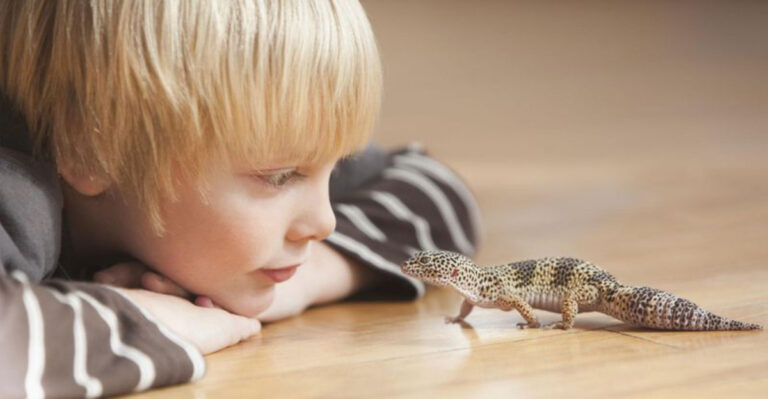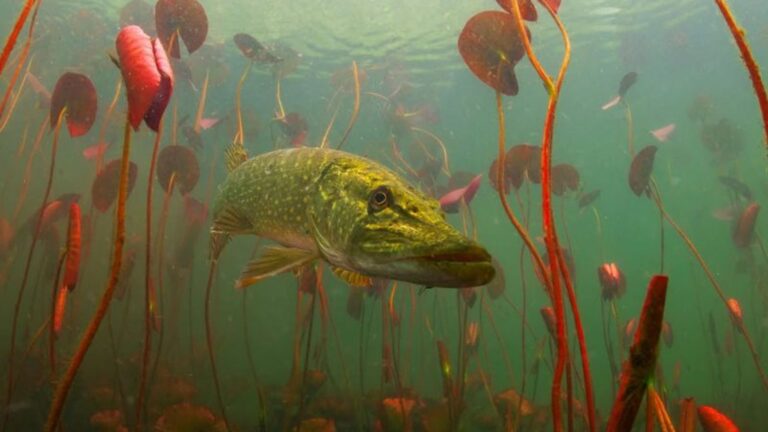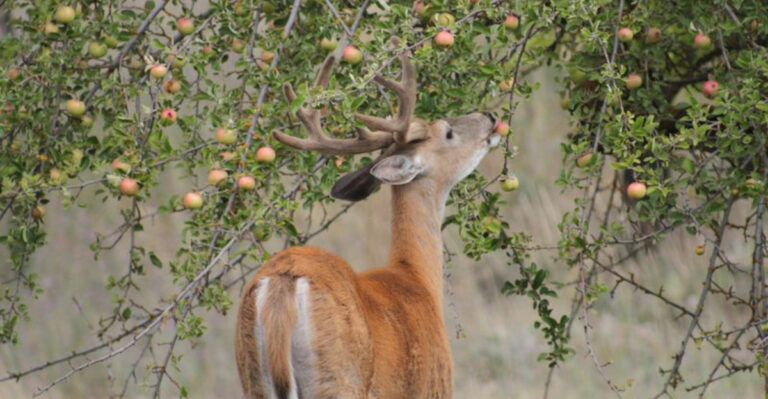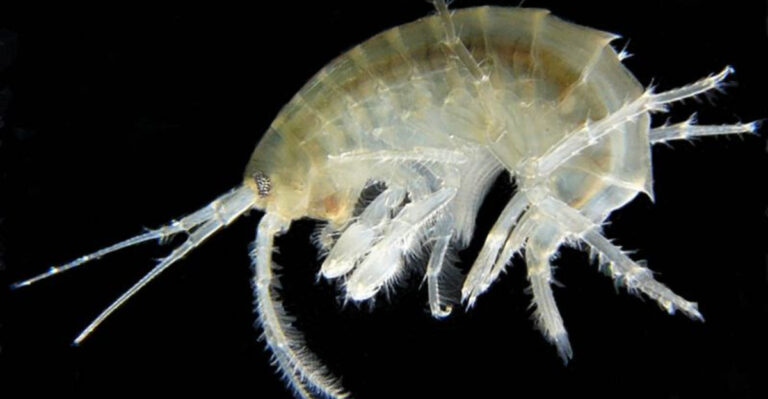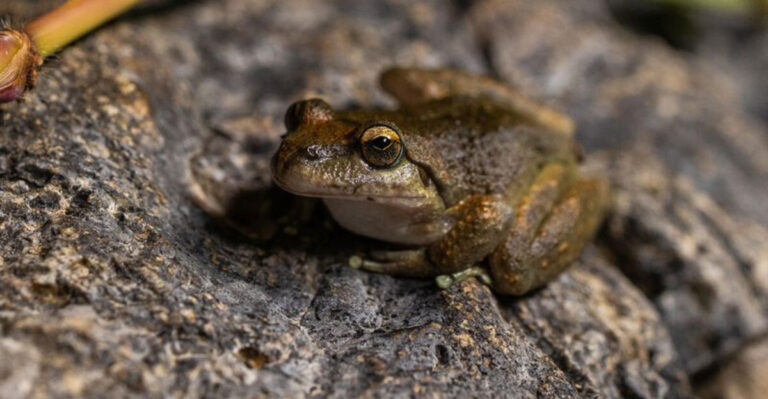How The Vaquita Became The Most Endangered Marine Mammal On Earth
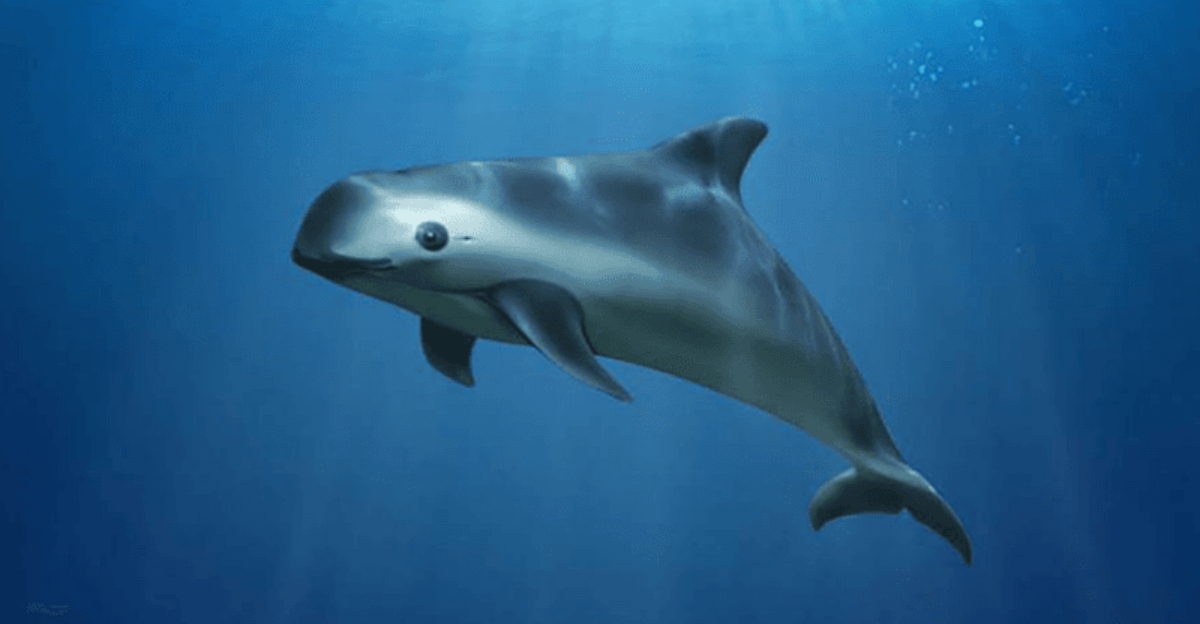
Imagine a tiny porpoise, no bigger than a human child, swimming alone in the vast Sea of Cortez.
With fewer than 10 individuals left in the wild, the vaquita holds the unfortunate title of world’s most endangered marine mammal.
Their story is one of accidental destruction, delayed action, and desperate last-minute conservation efforts.
1. Vaquita’s Struggle For Survival
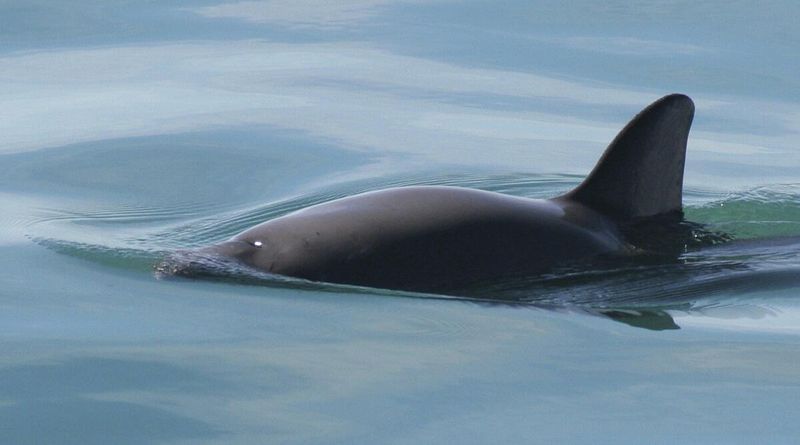
Only discovered in 1958, these petite porpoises remained scientific mysteries for decades. Scientists initially knew so little about them that effective protection was nearly impossible.
By the time researchers understood their habits and needs, the population had already plummeted dangerously low. Their shy nature and limited range made them particularly vulnerable to human activities.
2. The Decline Of The Vaquita Population
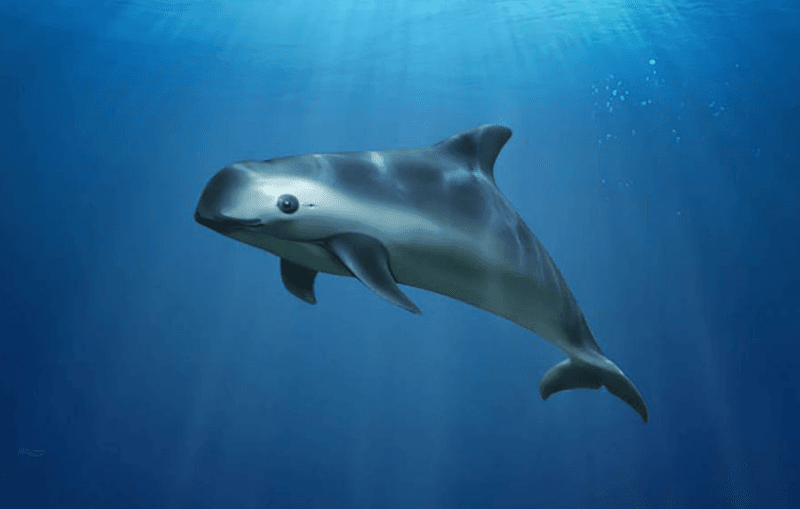
Shocking statistics tell the vaquita’s tragic tale. From roughly 600 individuals in 1997 to fewer than 10 today – a 98% population crash in just 25 years.
Unlike many endangered species that decline gradually over centuries, the vaquita’s freefall happened within a single human generation. Each year brings a 50% reduction, meaning without intervention, extinction looms by 2024.
3. Why The Vaquita Is On The Brink Of Extinction
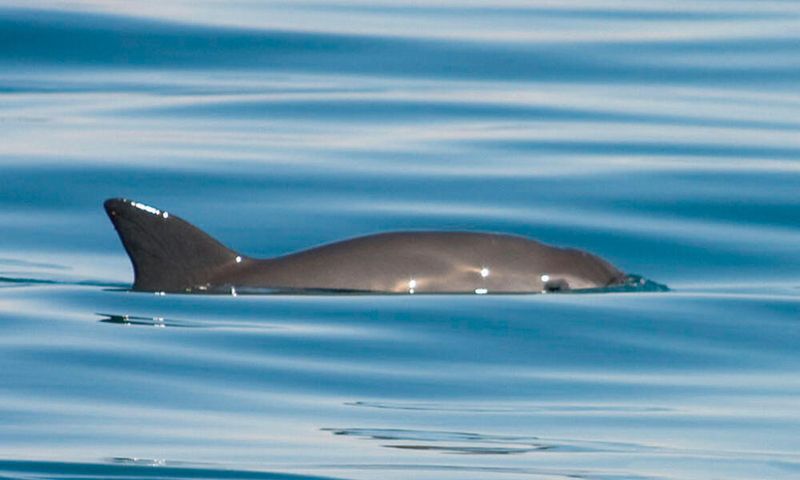
Ghost nets – abandoned fishing gear – create deadly underwater traps. Vaquitas become entangled and drown within minutes, unable to reach the surface for air.
Fishermen targeting the valuable totoaba fish accidentally catch vaquitas in their gillnets. A single black market totoaba bladder fetches up to $50,000 in China, creating powerful financial incentives that override conservation concerns.
4. The Vaquita’s Critical Habitat
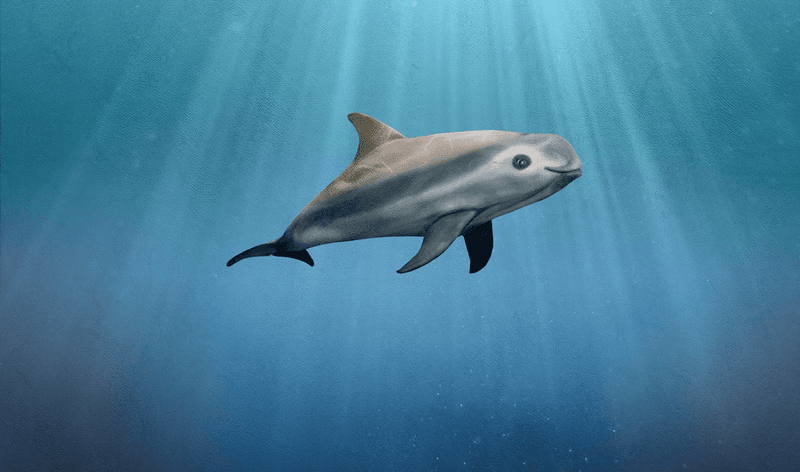
Nowhere else on Earth can you find vaquitas except in a tiny pocket of Mexico’s Gulf of California. Their entire species occupies an area smaller than Lake Michigan!
This limited range makes them especially vulnerable – imagine having your entire species restricted to a single neighborhood. Pollution, fishing, and shipping in this small area impact every remaining individual.
5. Fishing Practices Threatening The Vaquita
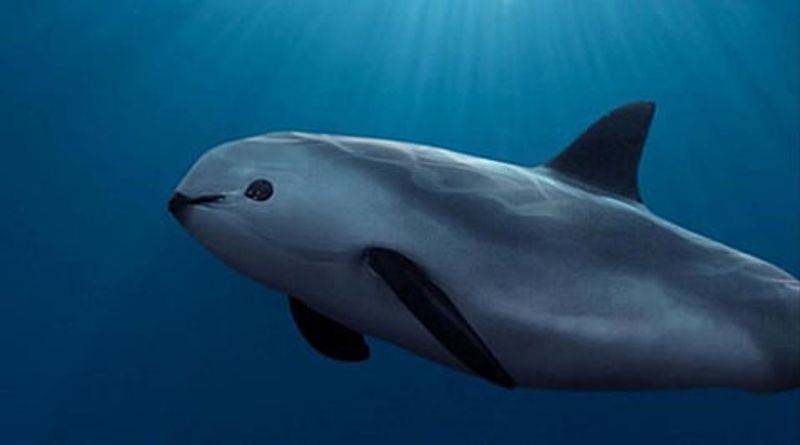
Gillnets – nearly invisible mesh walls that hang in water – spell doom for vaquitas. Swimming unsuspectingly into these nets, they become hopelessly entangled.
Despite gillnet bans in vaquita territory, enforcement remains spotty. Nighttime fishing operations continue illegally, with some fishermen willing to risk fines to capture valuable totoaba fish that share waters with the vaquita.
6. Vaquita’s Fight Against Bycatch
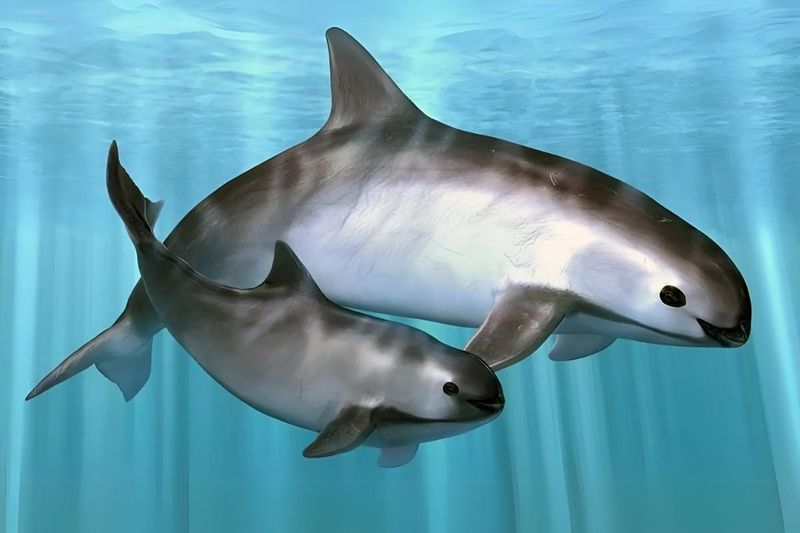
“Bycatch” may seem harmless, but it can be devastating – it’s when animals are unintentionally caught while fishing for other species. For every totoaba fish caught, a vaquita could perish as a result.
Fishermen don’t intentionally target vaquitas, making this a particularly challenging conservation issue. While alternative fishing methods exist, they face resistance due to lower catch rates and the cost of new equipment.
7. The Role Of Conservation Efforts For The Vaquita
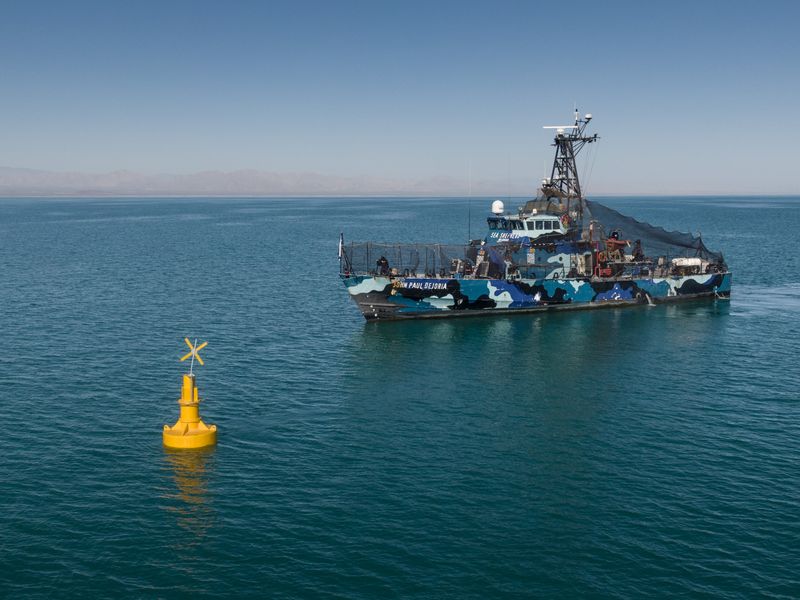
Operation Milagro patrols vaquita habitat, removing illegal nets and confronting poachers. These brave conservationists face threats from organized crime groups protecting their lucrative totoaba trade.
Mexican authorities established a vaquita refuge in 2005, but enforcement has been inconsistent. International pressure mounts as conservation organizations file lawsuits demanding trade sanctions against Mexico for failing to protect this critically endangered species.
8. How The Vaquita Became A Symbol Of Marine Conservation
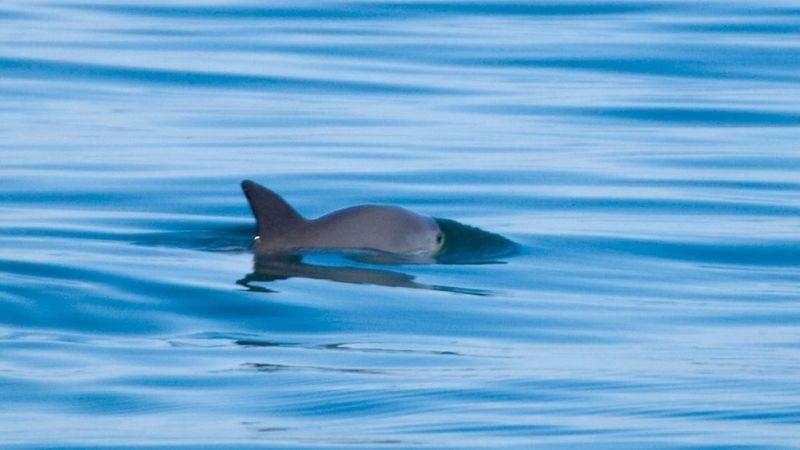
Celebrity advocates like Leonardo DiCaprio have amplified the vaquita’s plight. His social media campaigns and documentary “Sea of Shadows” brought international attention to these shy porpoises.
The vaquita’s distinctive black eye patches and mouth that appears to smile have made them powerful conservation icons. Their image now represents the broader crisis facing ocean ecosystems threatened by human activities.
9. The Vaquita’s Limited Range In The Gulf Of California
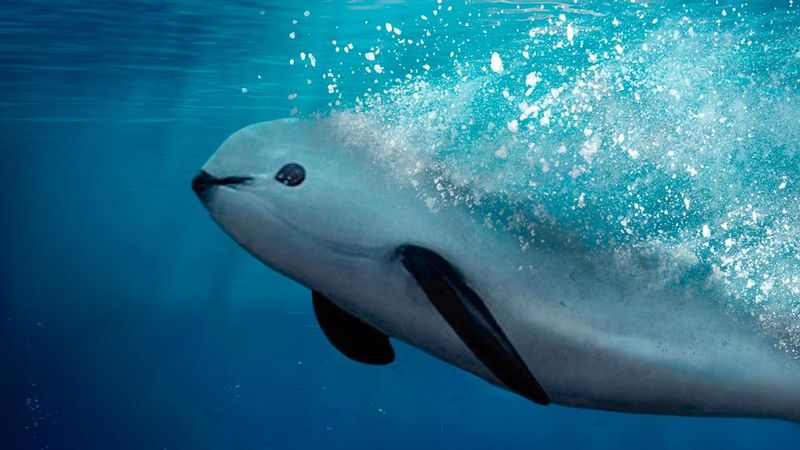
Nicknamed the “Sea of Cortez,” the Gulf of California hosts incredible biodiversity alongside the vaquita. Sadly, this marine treasure faces threats from overfishing, coastal development, and pollution.
Vaquitas thrive in shallow, turbid waters less than 50 meters deep. This preference puts them directly in conflict with human fishing activities concentrated in these productive coastal zones.
10. Why The Vaquita’s Numbers Are So Low
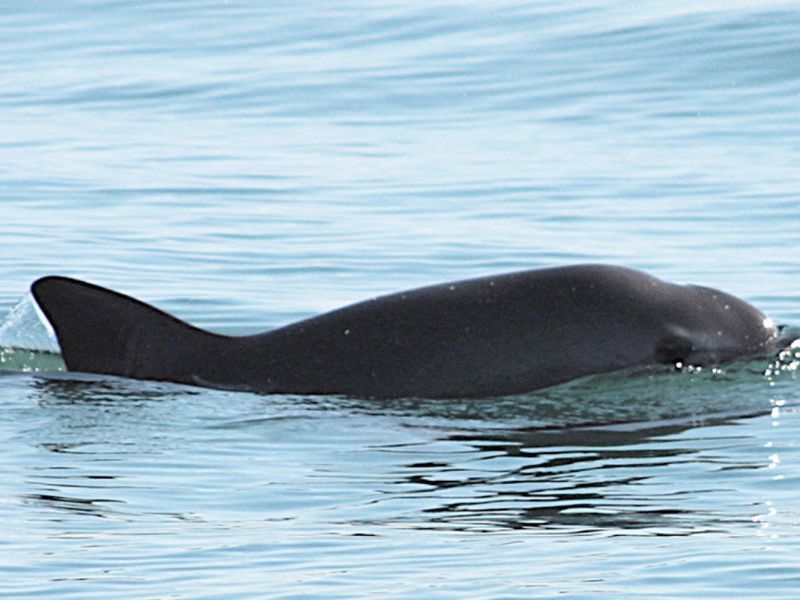
Female vaquitas birth just one calf every two years – an excruciatingly slow reproduction rate. Even under perfect conditions, population recovery would take decades.
Genetic testing reveals another problem: with so few individuals left, inbreeding becomes inevitable. Scientists worry about genetic bottlenecks reducing the species’ ability to adapt to changing ocean conditions or resist disease.
11. The Impact Of Illegal Fishing On Vaquitas
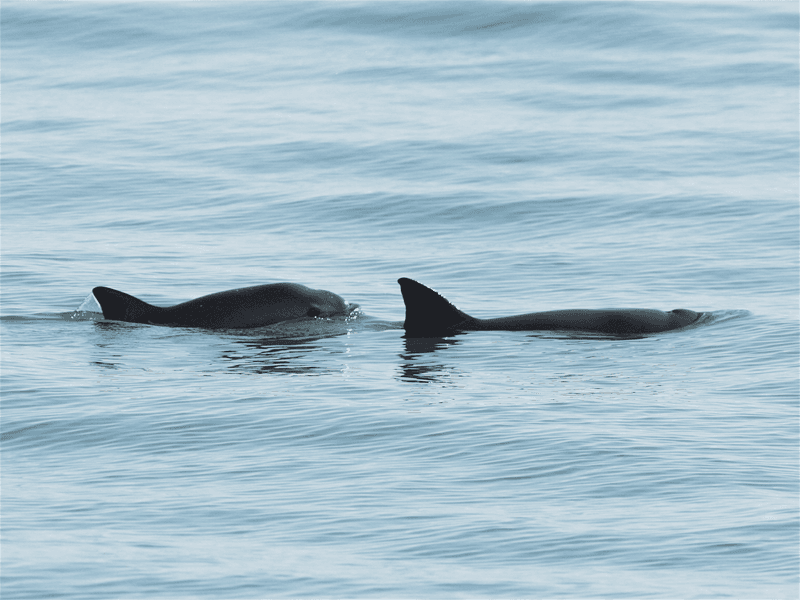
Criminal cartels have entered the fishing business, drawn by totoaba bladders’ astronomical prices. These “cocaine of the sea” fetch more per ounce than gold on black markets.
Fishermen caught between poverty and conservation face impossible choices. Many families have fished these waters for generations and lack alternative livelihoods when restrictions are imposed to protect vaquitas.
12. How Climate Change Affects The Vaquita’s Habitat
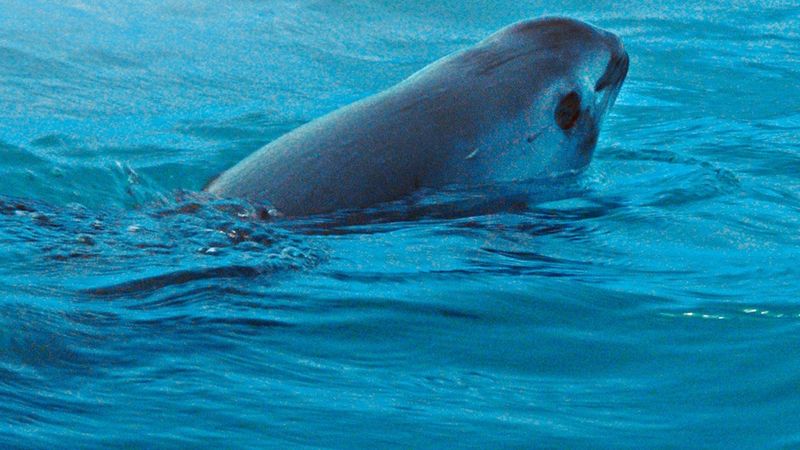
Rising ocean temperatures disrupt the Gulf of California’s delicate ecosystem. Changing currents affect the distribution of fish that vaquitas depend on for survival.
Acidification threatens the entire food web supporting these porpoises. As tiny organisms at the base of the chain struggle with changing ocean chemistry, the effects ripple upward to predators like the vaquita.
13. The Race To Save The Vaquita From Extinction
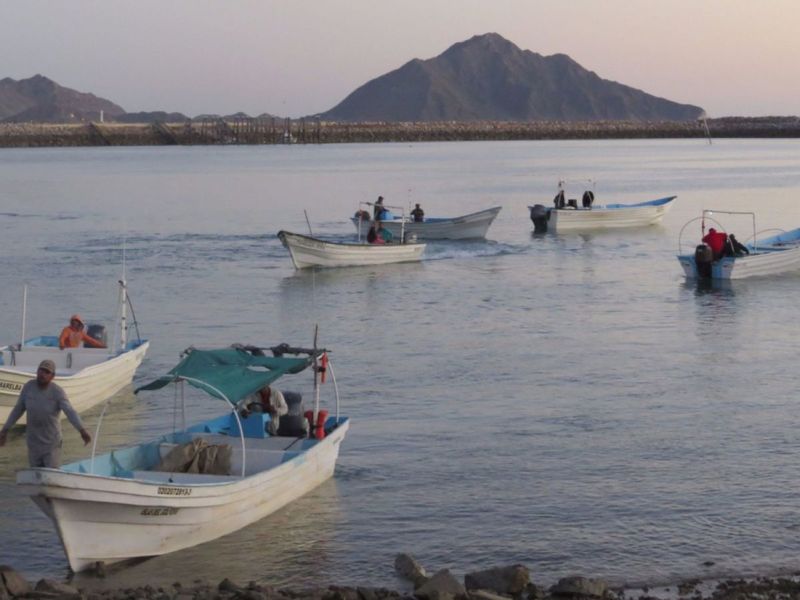
A controversial captive breeding program called VaquitaCPR launched in 2017. The attempt ended tragically when a captured female passed away from stress, forcing scientists to abandon the approach.
Now, conservationists focus entirely on protecting the last wild vaquitas. Every lost individual represents a significant percentage of the remaining population – making each death a potential extinction-level event.
14. Vaquita’s Plight: What Can Be Done To Help?
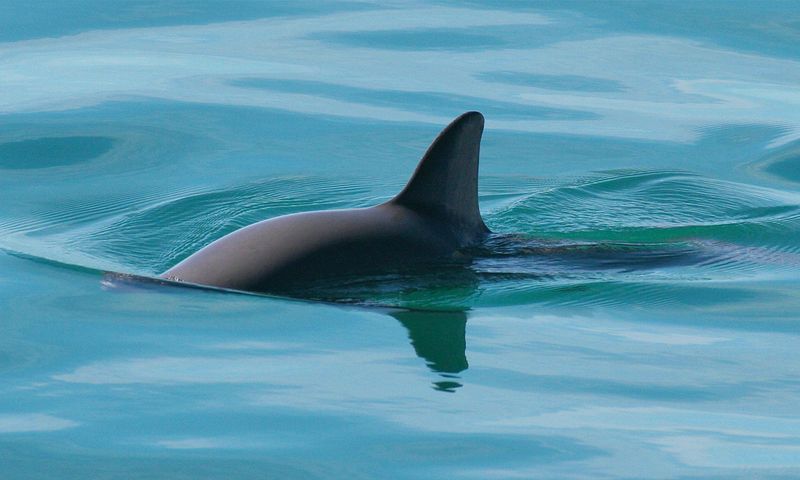
Consumer choices matter tremendously. Avoiding seafood caught with gillnets sends a powerful message to the fishing industry.
Supporting organizations like Sea Shepherd Conservation Society funds direct protection efforts. Their vessels patrol vaquita habitat daily, removing illegal nets before they can trap these endangered porpoises.

